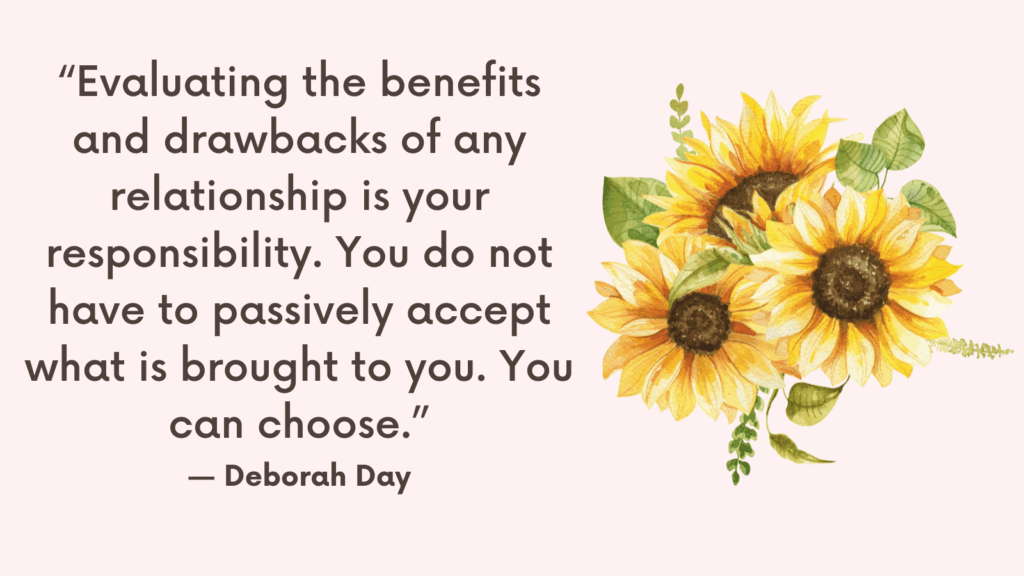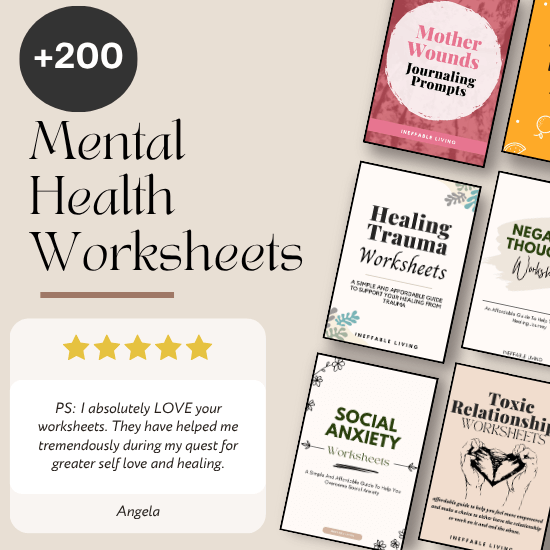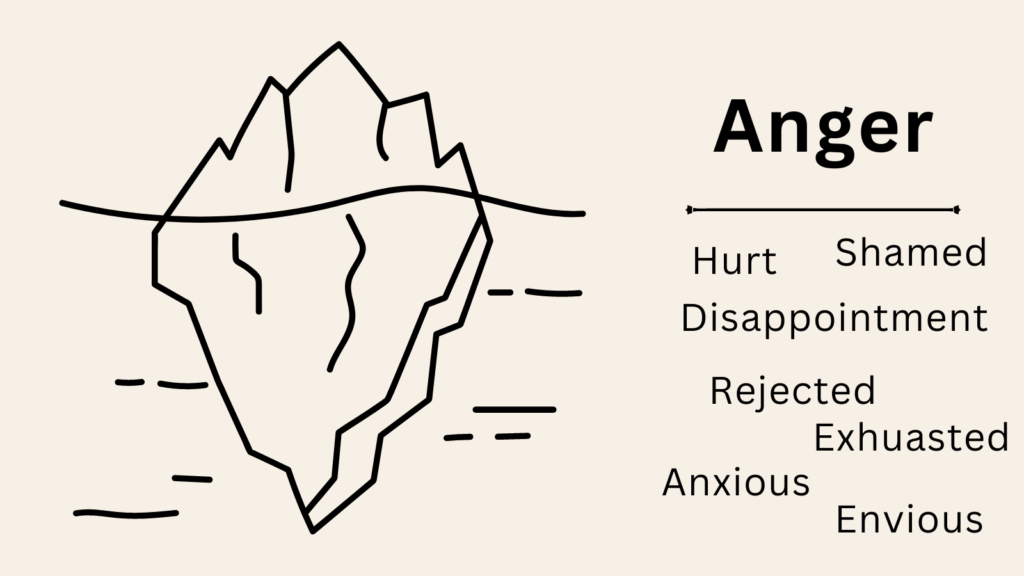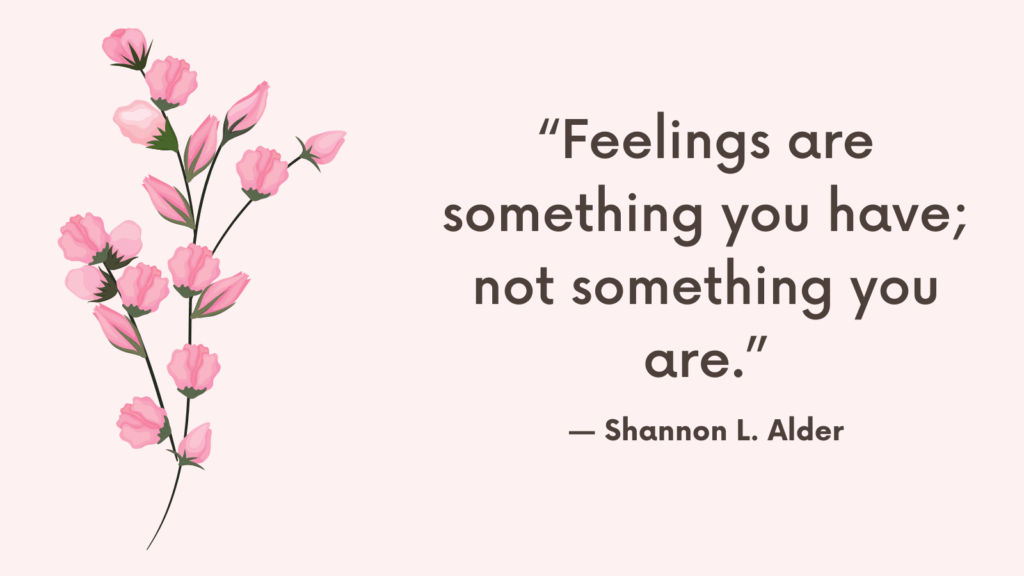Encountering someone else’s explosive anger can feel threatening, confusing, or deeply unsettling. Whether it happens in a personal relationship, at work, or in public, your response can either escalate the situation or help bring it under control. Here’s how to respond with strength, safety, and emotional intelligence.
Recognizing the Warning Signs of Someone Else’s Explosive Anger
1. Sudden Changes in Tone or Body Language
A calm voice may quickly shift to a sharp or raised tone. Watch for clenched fists, tight jaw, flared nostrils, pacing, or exaggerated gestures. These are physical signs that anger is escalating.
2. Overreaction to Small Triggers
Explosive individuals often react with intense emotion to minor irritations — like a comment, a delay, or a mistake. If small issues trigger large responses, take it seriously.
3. Increasing Volume or Interruptions
Speaking louder, cutting others off, or demanding attention may signal a loss of emotional control. These are often the early stages of an emotional explosion.
4. Intense Eye Contact or Staring
A hard stare, glaring, or rapid eye movements can indicate rising aggression. It may be a sign that the person is preparing to lash out verbally or physically.
Related: Beyond Just Anger: How to Manage Intermittent Explosive Disorder?
5. Aggressive Language or Threatening Phrases
Phrases like “You better not,” “Don’t make me…,” or “You’re going to regret this” are major red flags. Even if said quietly, they reveal a shift from frustration to intimidation.
6. Physical Intimidation
Moving too close, blocking exits, slamming doors, or hitting objects (like tables or walls) is a sign that anger has entered a dangerous phase — even if no one has been hit yet.
7. Rapid, Shallow Breathing
Visible changes in breathing, such as shallow or fast inhales, are signs the person is physically arousing into a state of fight-or-flight. It often precedes a full outburst.
8. Silent Tension Followed by Explosion
Some people “go quiet” right before exploding. This calm before the storm may include long silences, disengaged eye contact, or abrupt answers. It’s not always peace — sometimes it’s pressure building.
Related: How to Master the Pause Before Reacting?
How to Respond to Someone Else’s Explosive Anger?
1. Stay Calm and Centered
Your calmness is your power. Resist the urge to match their intensity. Take slow breaths, lower your voice, and avoid reacting emotionally. Your steady presence can help de-escalate their rage.
2. Don’t Take It Personally
Explosive anger often comes from the other person’s unprocessed emotions, stress, or past wounds — not something you caused. Remind yourself: “This is about them, not me.”
3. Avoid Arguing or Correcting Them in the Moment
Trying to reason with someone in a rage rarely works. Don’t interrupt, lecture, or argue — this usually fuels their fire. Save clarification and discussion for later, when they are calmer.
4. Set Immediate Boundaries
If the anger becomes aggressive, threatening, or verbally abusive, set clear limits:
- “I’m not going to stay in this conversation if you keep yelling.”
- “We can talk when you’re calmer.”
Boundaries show you respect yourself and will not tolerate harm.
Related: Frustration Intolerance: Understanding It and Building Patience
5. Physically Remove Yourself if Necessary
If the situation feels unsafe or overwhelming, step away. Say, “I need to leave right now,” or simply exit if words won’t be heard. Prioritize your safety — emotionally and physically.
6. Use Non-Threatening Body Language
Maintain a relaxed posture, avoid pointing or crossing your arms, and keep your tone even. This helps reduce the sense of confrontation and may prevent further escalation.
7. Listen Without Defensiveness (If Safe to Do So)
Sometimes explosive anger masks pain or fear. If you feel safe, offer space to be heard: “I see you’re upset. Can we take a moment to breathe?” Reflective listening can reduce emotional intensity.
8. Avoid Retaliation
Matching anger with anger creates a cycle of conflict. Instead, aim for self-control. You can feel your own frustration without reacting from it.
9. Debrief Later, Not During
Once the person has calmed down, revisit the issue. Talk about how their anger affected you and what you need moving forward. Use “I” statements and focus on restoring respect and understanding.
10. Know When to Walk Away for Good
If someone regularly explodes and refuses to take responsibility, it may be a sign of emotional abuse. In these cases, protecting yourself may mean limiting or ending contact. Your peace and safety are non-negotiable.
Related: Top 14 CBT Exercise For Anger Management (+FREE Anger Worksheets)
Long-Term Strategies for Repeated Episodes
1. Stop Minimizing the Behavior
It’s easy to rationalize or excuse the person’s anger — “They had a bad day,” “They’re just stressed.” Over time, this erodes your sense of what’s normal and acceptable. Name the behavior for what it is: emotional volatility that requires change, not tolerance.
2. Document Patterns and Episodes
Keep a private journal of when outbursts happen, what triggered them, and how they affected you. This creates clarity, helps you spot patterns, and can be crucial if you need outside help or intervention.
3. Set Firm, Repeated Boundaries
Say clearly:
- “If you yell or become aggressive, I will leave the room.”
- “I will not engage with you until we can talk calmly.”
State your boundary, repeat it consistently, and follow through every time.
4. Encourage Professional Help
If they are open, suggest therapy, anger management, or couples counseling. But don’t take responsibility for getting them help — they must choose it. You can say:
- “I’m willing to work on this, but only if you’re also willing to get support.”
- “Without help, this pattern can’t continue.”
Related: Assertive Anger: What It Is & How to Practice It
5. Prioritize Your Emotional Safety
Repeated explosive anger chips away at your mental health. Make self-care non-negotiable — this includes regular breaks from the person, time for calming practices, and space to recover emotionally.
6. Build a Reliable Support System
Talk to friends, family, a therapist, or a support group about what you’re experiencing. Don’t isolate. The more you speak about it, the clearer you’ll become about what you need and what’s not okay.
7. Avoid Retaliation or Playing Therapist
You don’t need to teach them, fix them, or retaliate in defense. Stay grounded in your own behavior. Let them carry the burden of managing their own emotions while you focus on enforcing your limits.
8. Create an Exit Plan (If Needed)
If their behavior becomes abusive or doesn’t change, have a plan to leave the relationship or create more permanent distance. Know where you would go, who you would call, and how you’d support yourself emotionally and practically.
Related: Best 10 Anger Management Books And Workbooks
9. Reflect on Your Tolerance Threshold
Ask yourself:
- “Is this relationship safe for me long-term?”
- “What would I tell a friend in my position?”
Clarity often comes from looking at your situation from the outside.
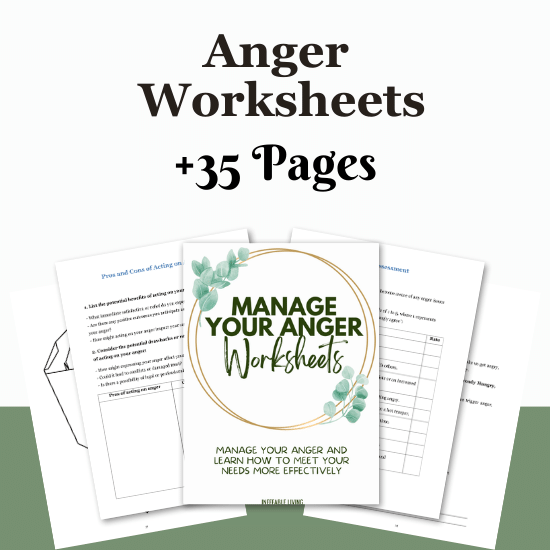
Conclusion
You don’t have to fix someone’s anger — but you can protect your energy, hold your boundaries, and choose a response that reflects your values, not their chaos. Responding instead of reacting is an act of power, not passivity.
